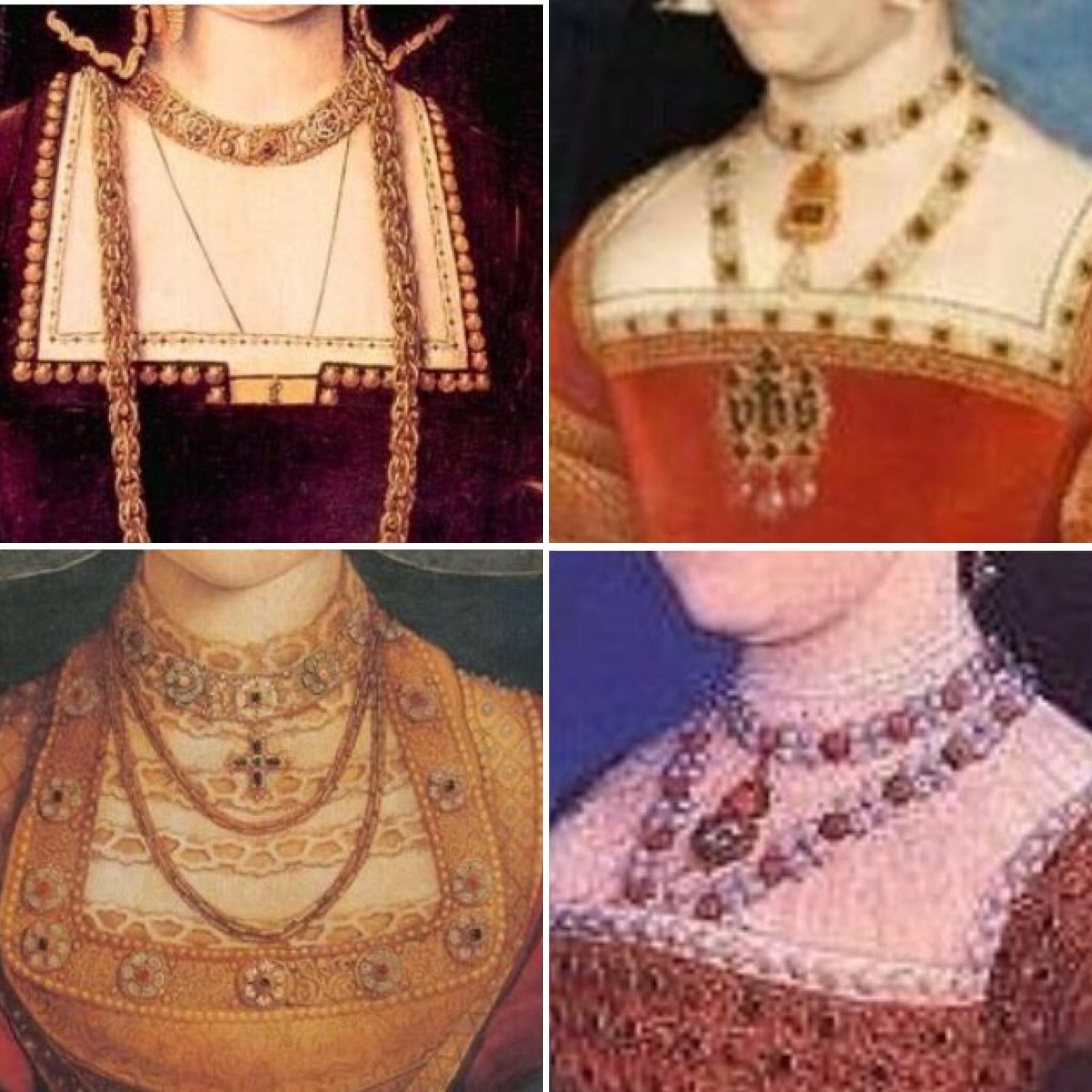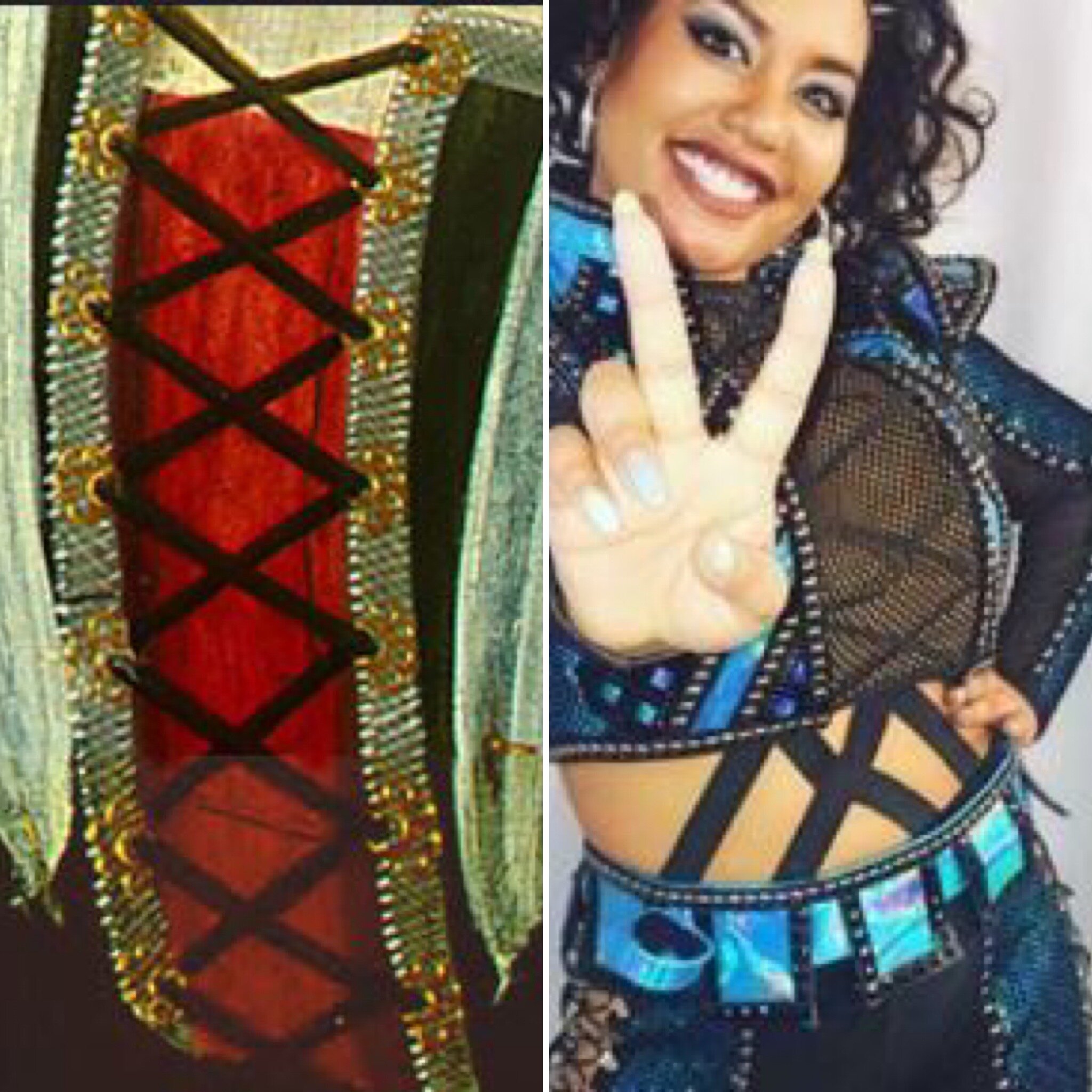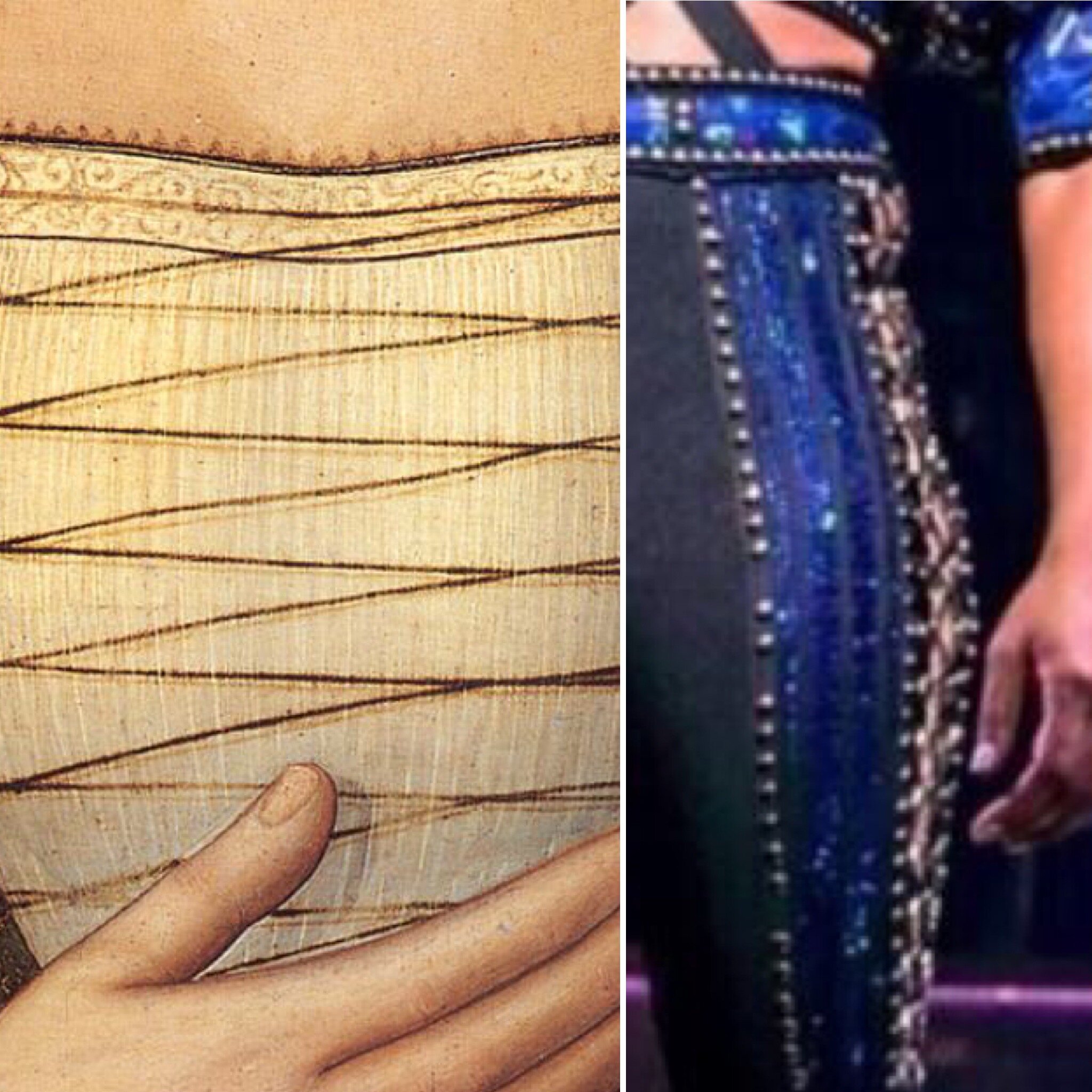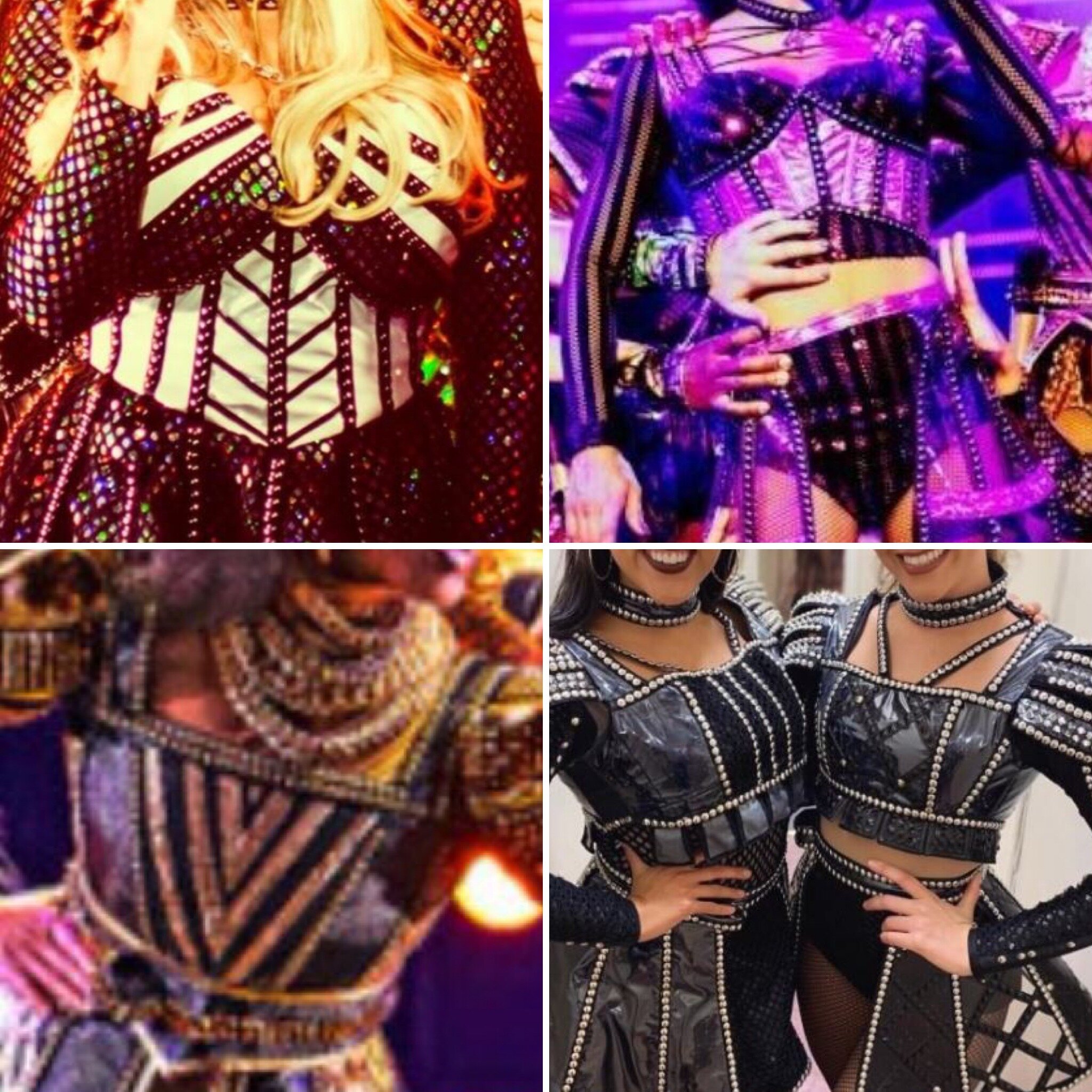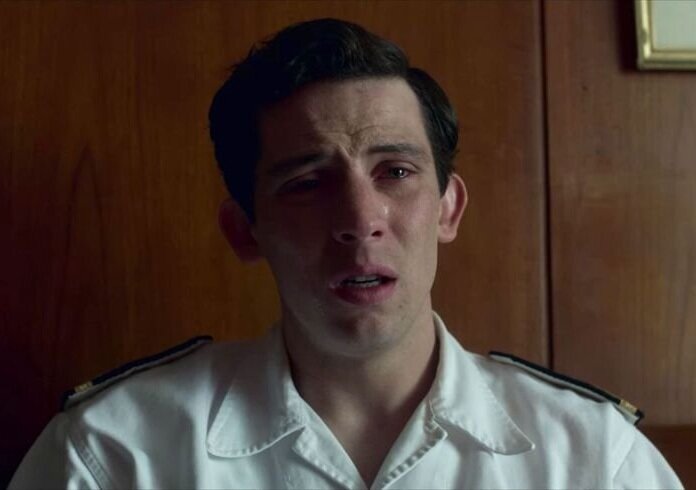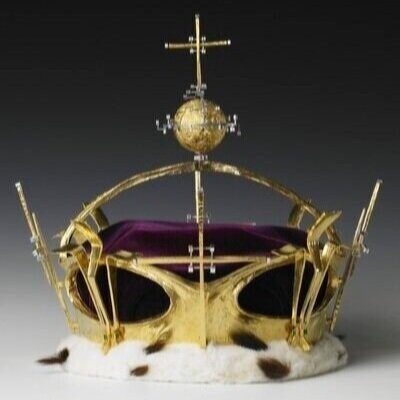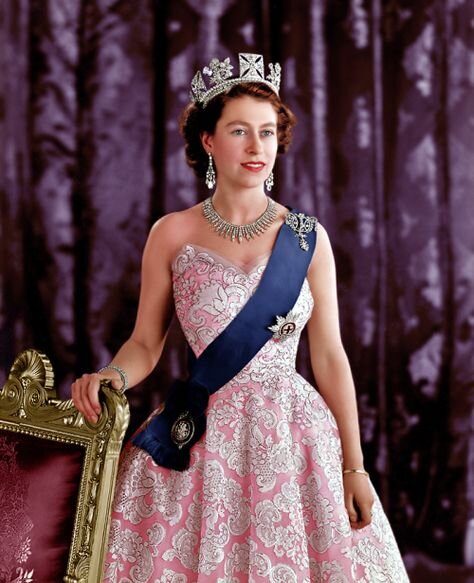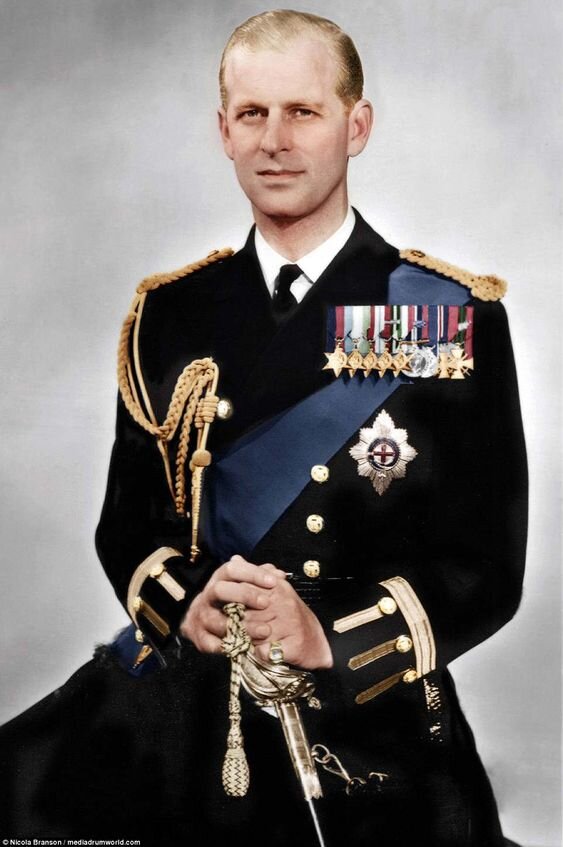The Historical Inspirations in Game of Thrones
Plenty of people have written about the parallels between Game of Thrones and the Wars of the Roses before, but I’ve always been interested in how even the small details of the show align with history in some instances. I’ve talked about this numerous times with other English history friends and many of these examples come from those conversations. Many thanks to Leigh Beck for being my constant game of thrones history buddy!
Honestly, because there’s SO much, I’m going to keep adding to this post over many days and weeks, whenever I can. :)
A map of the Westeros and Essos in Games of Thrones
Overarching World-Building, Character, and Historical Things:
Westeros and Essos : England and Europe. Though Westeros is significantly larger than England, you can still see the similarities when you look at the maps side by side. Essos/Europe are both much larger than Westeros/England, and is where rival claimants (like Henry Tudor and Daenarys Targaryn) go to the throne to hide from the Westerosi/English king’s reach.
Hadrian’s Wall (Credit: Gannet77 / iStock)
The Wall in HBO’s Game of Thrones
The Wall : Hadrian’s Wall. In Game of Thrones, the Wall runs for 300 miles along the northern border of the Seven Kingdoms from the sea on the west to the Bay of Seals and separates the realm from the domain of the wildlings who live beyond. In the story, it was constructed some eight millennia before. Historically, Hadrian’s wall was built by the Romans in AD 122 (so - ancient times) and runs for 73 miles, from sea to sea.
Hadrian’s Wall on a map of England.
The Wall on a map of Westeros from Game of Thrones
Tywin Lannister : the Earl of Warwick, the Kingmaker. The way he married off his daughter Cersei to the new king he put on the throne, Robert Baratheon, closely parallels the way Warwick married off first his daughter Isabel to George, Duke of Clarence (Edward IV’s brother) when he tried to put him on the throne, and then his daughter Anne to Edward, Prince of Wales (the son of Henry VI and Margaret of Anjou), when he put Henry VI back on the throne.
Richard Neville, Earl of Warwick (The Kingmaker)
Tywin Lannister in the TV series
Jaime Lannister : Richard, Duke of York (in one context) - In the books, it’s described that during Robert’s rebellion, after Jaime killed Aerys Targaryen (for reasons not revealed until the Season 3 episode “Kissed by Fire), he sat on the iron throne. That’s how Ned Stark found him when he arrived at the castle. The Very Honorable Ned was appalled, because 1) Jaime had broken his oath to protect the Mad King and had killed him instead, and 2) Jaime had no right to sit on the throne. Though there’s no evidence that Jaime intended to claim the throne, that’s the message his actions sent.
This can be seen as a parallel to a specific incident during the Wars of the Roses. In October 1460, after 5 years of on and off battles and political squabbling between the Lancasters and the Yorks, Richard, Duke of York (Edward IV’s dad) arrived in London and took residence at the royal palace. He entered Parliament with his sword borne upright before him (an honor usually only accorded to kings) and placed his hand upon the empty throne, as if he were to sit in it and occupy it. The assembled peers were dead quiet and clearly did not agree with his claim to the throne (for a long time, the Wars of the Roses were about making sure Henry VI was advised by the right people and didn’t focus on deposing him at all). This demonstrated that York would not be supported in his claim to the throne at that time, so instead, he negotiated a truce in which York and his heirs would be recognized as Henry’s successors. The temporary peace that resulted from this agreement only lasted a few months, and within the year, the Duke of York and his eldest son were killed. The death of York, who was extremely popular with the common people, was a huge turning point for the Wars; within a few weeks of his death, his eldest surviving son was named Edward IV.
Lady Mary Grey
A rendition of Tyrion Lannister as described in the books, by Jerg Ruber on Deviantart.
Tyrion Lannister in the TV show (Peter Dinklage)
Tyrion Lannister : Mary Grey - Tyrion is the youngest child of a very important family in the kingdom and is referred to throughout the books as a dwarf. Mary Grey (1545-1578) was the youngest child of the Greys, who had a claim to the English throne (her sister Jane Grey was the “8 days queen”), and was also likely a little person. Mary was described by a Spanish ambassador as “by the Spanish ambassador as “little crook-backed, and very ugly.” Similarly, although Tyrion is very handsome in the TV show (because Peter Dinklage is GORGEOUS) , in the books he’s portrayed as significantly less so. This picture from Deviantart portrays book Tyrion really well.
In the books and TV show, it’s related that Tyrion once impulsively married a commoner woman named Tysha in secret; his father punished both him and the woman rather severely for it. Although Mary’s older sister Katherine Grey had married in secret and been fiercely punished for it by Elizabeth I (who didn’t want anyone in line to the throne to get married without her approval, which she was unlikely to give), Mary herself eloped with the Queen’s sergeant porter Thomas Keyes. Keyes was only minor gentry, while Mary was in one of the highest ranking families in the country, and he already had 6-7 children. He also apparently was about 6 feet 8 inches tall! Once the Queen found out about the wedding, Mary was put under house arrest and Keyes was committed to the notorious Fleet prison. They never saw each other again.
Aerys Targaryen : Henry VI - Decent parallel for Henry VI, the Mad King whose madness started the war over the throne to begin with, although Henry VI was a very pious man whose "madness" took the form of basically being catatonic for several months, while Aegon liked burning and torturing people randomly.
Edward IV
Robert Baratheon in the TV show
Robert Baratheon : Edward IV, a young, promiscuous man who leads a rebellion and takes over a kingdom from the mad king.
He and his two brothers Stannis and Renly are a good parallel for the three sons of York- Edward, George, and Richard. Renly's marriage to Margaery Tyrell (the daughter of a very powerful and rich house) can be seen as a reference to George marrying Isabel Neville right before rebelling against his brother Edward.
Stannis and Renly revolt against Joffrey partly over fears that he's a bastard. There were many rumors that Edward IV was a bastard, a result of his mother's supposed affair with an archer. In addition, Edward IV’s children with Elizabeth Woodville were declared bastards due to their father’s supposed previous marriage to another woman, giving legitimacy to Richard III’s claim to the throne.The Old Gods of the Forest : Celtic polytheism
The Faith of the Seven : Roman Catholicism - Though the faith of the seven is described as polytheistic, while Christianity is monotheistic, the concept of the Trinity is a good parallel to the faith of the seven. Both religions have traditional places of worship with elaborate architecture and decoration, specific religious ceremonies to recognize marriages and births, a supreme religious leader believed to have a a special connection to god (pope/high septon), a holy book, hymns and a specific liturgy, ceremonial garb. They also both unfortunately feature often corrupt priests.
The Lord of Light : Zoroastrianism
Season 1 Plots and Details:
Cersei : Anne Neville, daughter of the kingmaker who ends up becoming queen herself
But also, Cersei : Margaret of Anjou, smarter and fiercer than her husband, ends up leading battles and killing lots of people for the rights of her son (who was portrayed as being rather sadistic in at least some fictionalized versions of history I've read, which are often based on at least rumor)
Cersei: Elizabeth Woodville, the wife of the Edward IV analogue, from a social climbing family, very close to her brother. A powerful adversary who is fiercely protective of her children (even though they are accused of being illegitimate). In this metaphor, Tyrion is the Richard III character she sees threatening her children.
Finally, Cersei : Anne Boleyn - Her affair with her brother can be compared to the conviction of Anne Boleyn for incest with her brother (which was almost certainly 100% made up by her enemies).
Renly Baratheon: George, Duke of Clarence - Both Renly and George, Duke of Clarence thinks they should be king, just because. Both have to be put to death by his brother for the sake of the realm (Clarence was executed by Edward IV after he’d rebelled against him a few times, accused the queen of witchcraft, and hired a sorcerer to foretell the king’s death, which was highly illegal).
Toward the end of season 1, Renly offers to give Ned men so they can take Joffrey away from Cersei ASAP before Robert dies. This is similar to how Richard III took Edward V away from his mother's family after the death of his father Edward IV. Most of the time when there was an underage monarch suddenly on the throne there would be a major power struggle and often one of the leading players would be the new king’s mother. Elizabeth Woodville/Edward V and Margaret Tudor/James V of Scotland come to mind.
This situation is exactly what Henry VIII was trying to prevent when he chose not to appoint a lord protector for Edward VI but instead had a whole Council of Regents...and that lasted all of 6 seconds before there was THE FIRST coup to be Edward's regent. My advice is to always get the king in your possession ASAP. If you have the child King under your control then you're all set. Ned failed and paid dearly for it.
Magaret of Anjou and her son Edward, Prince of Wales
Cersei and her son, King Joffrey in Game of Thrones
Joffrey : Edward, Prince of Wales (son of Henry VI and Margaret of Anjou) - After the second battle of St. Albans in 1461, Cersei had the two Yorkist men who had guarded her husband Henry VI throughout the battle executed (although the king had promised them immunity). It has been alleged that she had her son, who was then 8 years old, decide what to do with the men; he replied that they should be decapitated.
Similarly, Cersei had her son Joffrey (who became king at 12 in the books and 16-ish in the TV show) decide what to do with Ned Stark after Ned confessed to treason and acknowledged Joffrey as the true king. Although Cersei wanted him to spare Ned’s life, Joffrey ordered him decapitated.Ned Stark : Richard of York - Just as Ned Stark was killed by an angry queen and her young son, Richard, Duke of York, was beheaded by the forces of Margaret of Anjou, who was fighting to keep her son in line to the throne (a previous peace between the Yorks and Lancasters had been negotiated by having Henry VI name Richard of York his heir). Both Ned’s and Richard’s heads were displayed on a gate or wall after their executions.
Season 2 Plots and Details:
The Red Comet seen in the tv series.
A total solar eclipse.
The Parhelion over the battle of Mortimer’s Cross
Red Comet : Solar Eclipse - In Season 2 of the TV show and the second book, a red comet appeared in the sky around the time of Ned Stark’s execution and the hatching of Daenarys Targaryen’s dragons. This comet was seen by all of the viewpoint characters, scattered across two continents, and was described and interpreted differently by all of them.
Historically, a full solar eclipse occurred on the day that Anne Neville, Richard III’s queen died. It was considered a bad portent for Richard’s reign and he lost at the Battle of Bosworth a few months later.
Another astrological phenomenon known as a parhelion, in which three suns appear in the sky, also occurred immediately before the Battle of Mortimer’s Cross in 1461. Edward, Earl of Rutland, the future Edward IV, convinced his troops that it was a good sign for their cause.
Edward IV and Elizabeth Woodville
Robb Stark and Talisa Maegyr in Game of Thrones
Robb Stark : Edward IV - The son of an executed powerful man (Ned Stark/Richard, Duke of York) young claimant who everyone underestimates until he wins all his battles. Both Robb and Edward IV also went against their planned marriage to marry an unplanned, unsuitable match for love (Edward IV marries Elizabeth Woodville even though Warwick was trying to arrange him a marriage with a princess of France, Robb marries Talisa in the TV show for love and Jeyne Westerling in the books for honor even though he was already promised to wed one of Walder Frey’s daughters).
Henry VII (Henry Tudor, Earl of Richmond)
Daenarys Targaryen in Game of Thrones
Daenarys Targareyn : Henry Tudor/Henry VII. The last of her line after the death of her brother, both of them were raised to believe they were the rightful heirs to the throne. Interestingly enough, both Daenarys and Henry used dragons as their sigils; Dany because of her family’s history with actual dragons, and Henry because of his roots in Wales. In addition, just as historically, numerous people fleeing from Richard III joined with Henry Tudor over the sea, several men who left Westeros joined with Dany to help her get the throne.
But also Daenarys Targareyn : Elizabeth I - One of the first female claimants to the throne, someone no one expected to get to the throne, and also a woman incapable of or unwilling to have children, making succession discussions a touchy subject!
Season 3 Plots and Details:
Theon Greyjoy : Henry Tudor -Theon, the heir of a known rebel, was raised in the house of his family’s enemies, The Starks, as one of their own. Similarly, Henry Tudor, the Lancaster heir, was raised by the Yorkist Herberts as part of their family for about 8 or so years after his uncle/guardian Jasper Tudor fought against the Yorks.
“The Princes in the Tower”(Edward V, King of England, and Richard of Shrewsbury, Duke of York)
Bran and Rickon Stark in the TV show
Bran and Rickon Stark : Princes in the Tower (Edward V, King of England, and Richard of Shrewsbury, Duke of York) - Both Bran and Rickon and the “Princes in the Tower” were boys of renowned families whose very existence proved a threat to others who wanted their families’ power. Bran and Rickon escaped Winterfell when Theon and the Ironborn captured it; Theon burned the bodies of two commoner boys and showed them to the people.
“The Princes in the Tower” is actually a bit of a misnomer, as Edward V had been acknowledged as king by numerous peers and nobles when he was placed in the Tower of London; in fact, his placement there confirmed this, as it was traditional for monarchs to spend the night before their coronations at the Tower. It was only after both he and his brother were lodged in the tower that their uncle, the Lord Protector, Richard, Duke of Gloucester, had them declared illegitimate. Edward entered the Tower in May 1483 and was joined by his younger brother in June. A week or so later, they were declared illegitimate and their uncle Richard was crowned King Richard III in July. There are no recorded sightings of either of them after the summer of 1483; an attempt to rescue them in late July failed. It became widely assumed that Richard III had had his nephews killed, which turned many people against him and played a large role in his downfall a few years later. However, it seems unlikely that this was the case, as their mother Elizabeth Woodville eventually came out of sanctuary (almost a year later, in March 1484) and sent her daughters to live at court with Richard III; it is unlikely that she would have agreed to this if she actually believed that Richard killed her sons. Their fate is still a mystery.
Season 4
Tommen : Henry VIII - the much younger brother of the previous heir to the throne who married his brother’s widow (Catherine of Aragon/Margaery Tyrell).
Tywin Lannister : the Earl of Warwick, the Kingmaker - Rounding back to this theme from earlier, Warwick died in battle with Edward IV, with whom he was very close and who he put on the throne, after betraying him by rebelling against his rule (twice). Tywin was killed by his son Tyrion, after betraying him by sentencing him to death for the murder of Joffrey (which he didn’t commit) and sleeping with Tyrion’s beloved lover Shae.
Season 5
Tommen : Edward VI, child king who brings in a new harsher form of religion. In Tommen’s case, this was the Sparrows. In Edward VI’s case, it was a conservative form of Protestantism. Both religions were led by persuasive, dynamic figures who removed a lot of the pomp and decorations from the previous religion and sought to get rid of corruption in the religious leaders.
Edward VI
Tommen Baratheon in the TV series
Margaery Tyrell : Anne Boleyn - Her closeness to her brother and tolerance for his sexual habits (considered abnormal by the church) could be compared to Anne Boleyn's closeness with her brother George, with whom she was falsely convicted of committing incest. Margaery too, was punished for her closeness with her brother, in her case, knowing about his homosexuality and not reporting it to anyone.
The yellow rose of Tyrell : the white rose of York likely (the red rose of Lancaster wasn't really used much contemporaneously, although they did occasionally use a golden rose apparently).
Richard III
Stannis Baratheon in the TV show
Stannis Baratheon : Richard III - Both men believe that they are the rightful heirs after their deaths of their brothers (Robert Baratheon/Edward IV), as the royal children are/are supposedly illegitimate. Both men were supported by lots of people until the murder/disappearance of a child (princess sheeren/ the princes in the tower, although I should note that no one knows what happens to the princes in the tower). Both were very religious and devout and loyal - up to a point.



















































